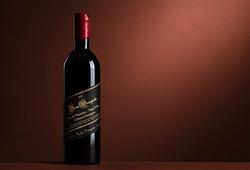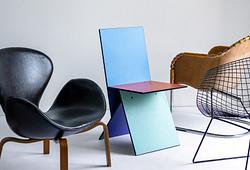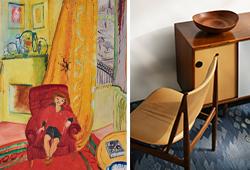KANNA med LOCK, metall. Tibet 1800-tal.
Cylindrisk kropp delad i fyra delar av horisontella band under en höjd krona som påminner om en munks hatt, svängd pip mitt emot en s-formad drakhänkel. Driven dekor samt fohund på locket. Höjd 77 cm.
Lösa delar. Slitage.
Litteratur
Béatrice Quette [ed.], Cloisonné. Chinese Enamels from the Yuan, Ming, and Qing Dynasties, New York et al. 2011, p. 270).
Övrig information
'Duomuhu' ewers derive from Tibetan Buddhism and became popular through the first Qing emperors. Duomuhu, meaning ‘bucket for snow’ in Tibetan, were used in Tibet for storing butter and making the traditional buttered tea for Buddhist ceremonies. Originally made of wood with metal bands. The formerly wooden vessels became prestigious works of art, made out of silver, gold, porcelain or cloisonné.
Transforming a humble wooden ritual utensil into a splendid imperial ceremonial vessel was a deliberate act on the part of the Kangxi emperor to express his utmost devotion and political commitment to the patronage of Tibetan Buddhism.























































